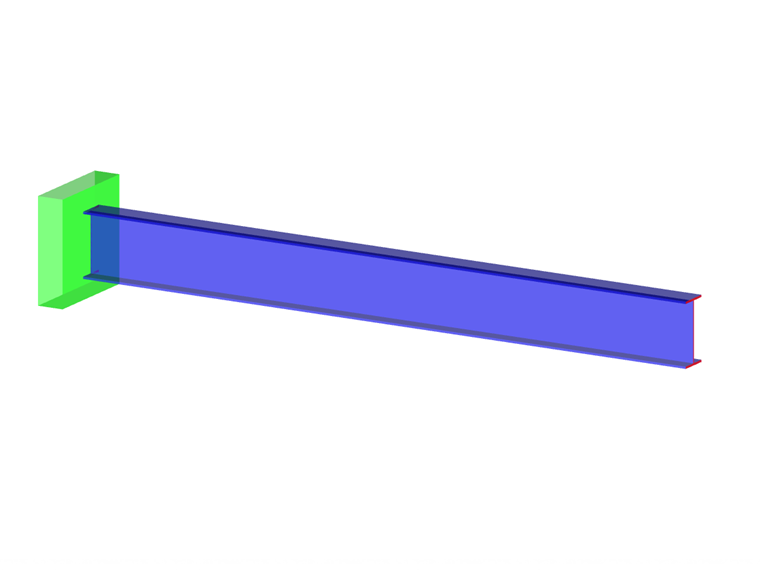|
Author
|
David Bonilla
|
|
University
|
Bauhaus University Weimar, Germany |
Several numerical analyses following SOT and GNA have been performed using the commercial software RFEM. For the simulations, different variables have been considered: 4 structural systems, 2 types of FE, 43 profiles (38 open and 5 closed), and 3 external loads. Every analysis has been performed 10 times, in each one, the external loads are increased up to 100 % of the maximum value. As a result, critical loads, displacements, internal forces, and stresses have been analyzed.
It is found that the discrepancy between SOT and GNA grows when displacements increase. The same behavior is observed for the loads, higher forces result in greater displacements and consequently, the variation increases between the two approaches.
For closed profiles, low variation of both displacements and internal forces has been found. Their analysis can also be simplified with the use of 1D-beam elements. It is established that for closed profiles the rotation will be limited to the section's capacity. In addition, closed profiles present an excellent behavior for torsion and in this case, SOT can be used safely as an approximation for GNA.
Ultimately, as a result of the study, a stage where SOT provides sufficiently reliable results has been established in the form of fitting curves, which are found for IPE and HEB profiles. The fitting curves present a practical way to estimate which type of analysis should be followed for steel members in bending and torsion. Whether SOT or GNA should be applied strongly depends on the cross-section profile and the load level. Additionally, boundary conditions and load types play an important role as well. The latter, has shown that even for a different load distribution the curves still give a good estimate. Moreover, IPE fitting curves can also be useful for UPE profiles.
